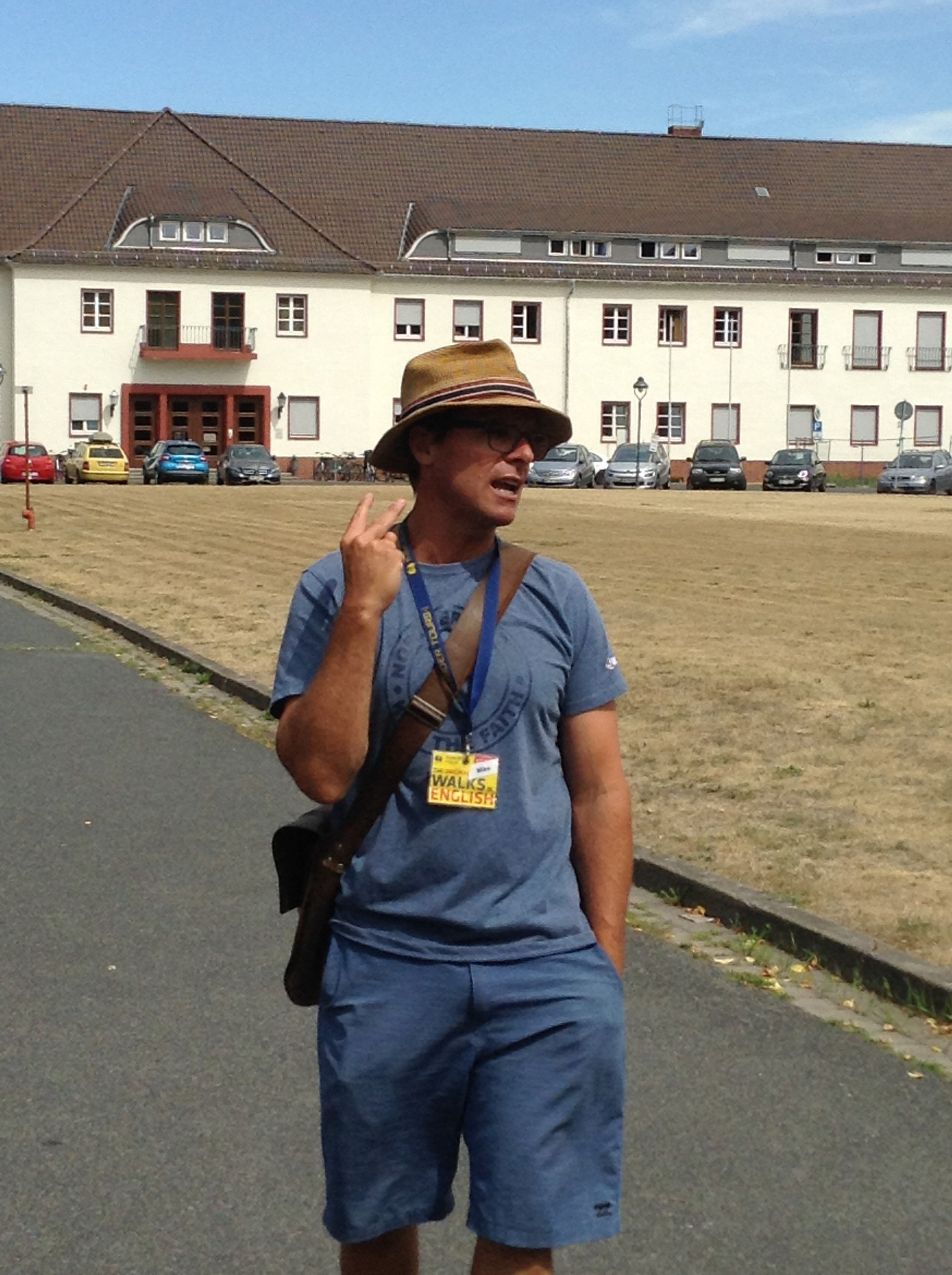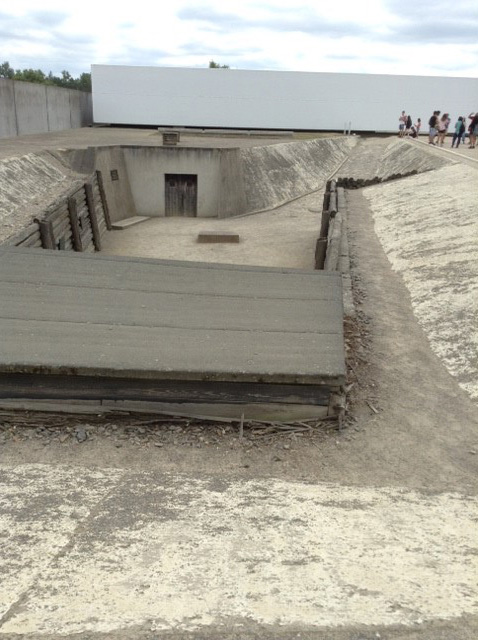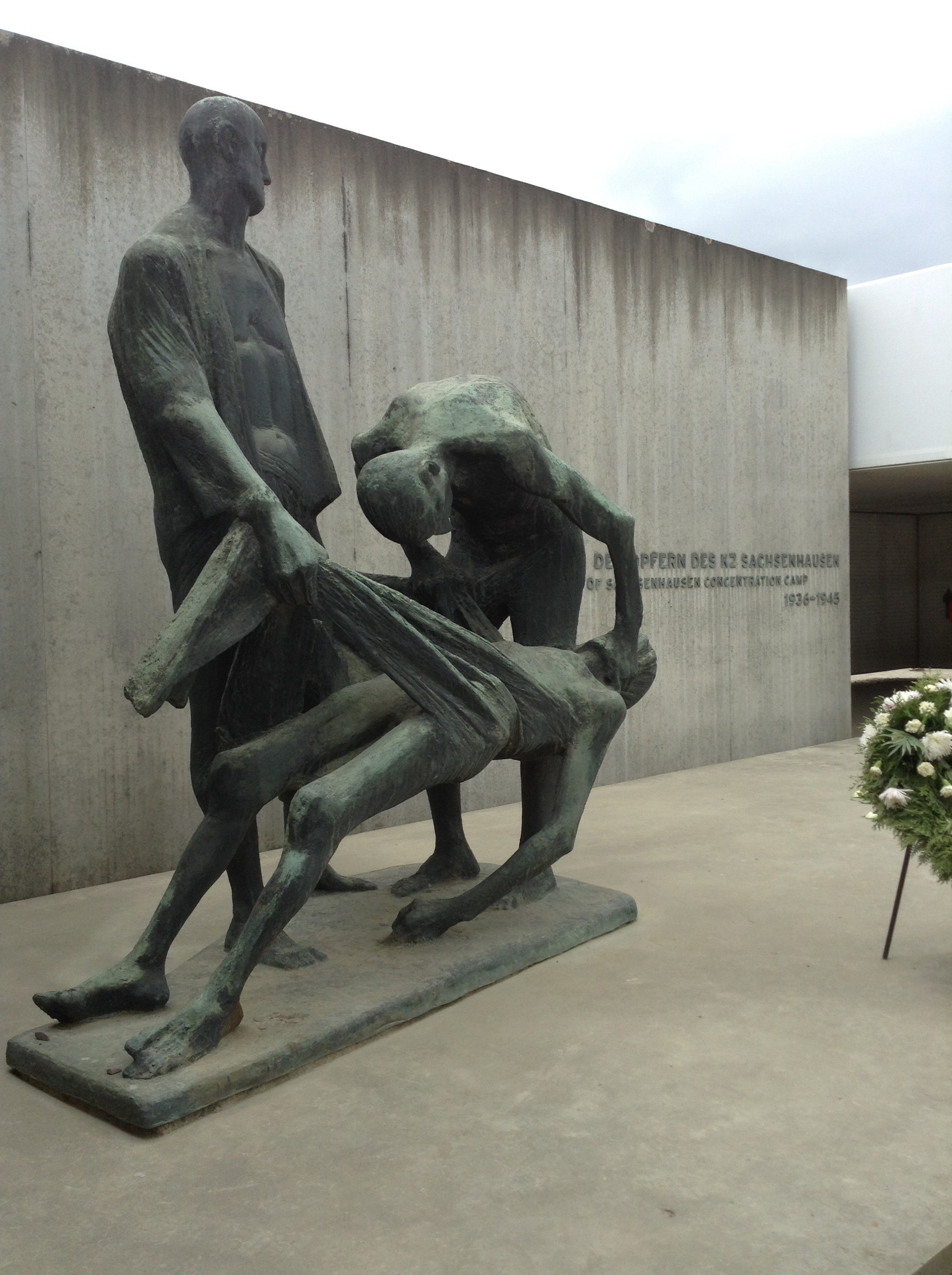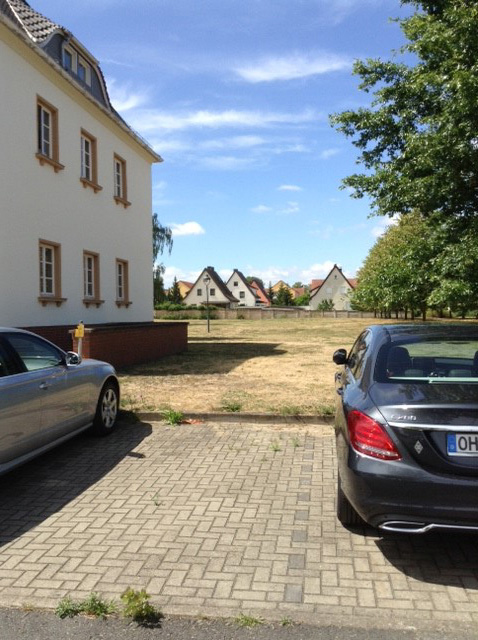Sachsenhausen Concentration Camp
There are seven images on this page
The Dachau concentration camp, located just outside of Munich, was the first Nazi
concentration camp. Sachsenhausen was opened in 1936, just shortly before the Berlin
Summer Olympic games.
Sachsenhausen was used as a model camp. Camp commanders from all over German
occupied Europe would come to Sachsenhausen (located just outside of Berlin) for policy
development to adopt in their own respective camps.
Concentration camps were initially used for political opponents, socialists,
communists and those who spoke out against the Nazi party. Basically, undesirables were
brought to concentration camps, rehabilitated, (usually by physical torture) and
released
back into
German society as warning to others. According to many guides of the camps, everyone in
Germany was aware of their existance.
Eventually, under the direction of Heinrich
Himmler, the camps were expanded to
contain those who the Nazis considered racially undesirable such as gypsies, Jewish
people, disabled people, Pols, Russians and homosexuals.
It is of great importance to understand how the Nazis started to murder people, and
that policy may have been developed at Sachsenhausen.
Initially, the Nazi party was very vague with the Jewish people. They just wanted
Jewish people to be excluded from German society. There even was a plan to put all
the European Jewish
people on the island of Madagascar. It was Himmler who first started
talking about murdering them.
According to a guide of Sachsenhausen, there was a pit (second image) where people
who died (usually from starvation or torture) had their bodies dumped. A truck from
Berlin would drive to Sachsenhausen and bring the dead bodies to Berlin where they were
cremated. During one trip, the truck carrying the bodies was involved in an accident and
the bodies were dumped onto the road. This upset the locals. To prevent this from
happening again, the first crematorium was set up at Sachsenhausen and the bodies were
cremated on site.
However, the burning of dead bodies at night caused the ash from the bodies' remains
to settle on the rooftops of the houses nearby. This greatly distressed those
living close at hand. To prevent this from
happening anymore, bodies were burned only during the day.
The Nazis were very vigilent with public unrest. It was always their priority to
control the German population. Public agitation and discord were to be avoided.
Controlling the population was important.
This is a photograph of Mike, a very enthusiastic and knowledgeable
guide of the Sachsenhausen camp. Behind him is the main administrative building for
all Nazi concentration camps. The stairwells in this building had the SS emblem as
decoration on the metal below the arm support used when walking up or down the
stairs. The SS emblem is now illegal in Germany and cannot be displayed anywhere. The
government had the tops of
the emblems removed as to not resemble the SS symbol. Today the building is a
Federal government administrative building.
This is the pit where dead bodies were dumped. When there were enough
bodies, a truck arrived from Berlin and transported the bodies to a crematorium
there.
These are the foundations of what is left of a number of rooms inside
Sachsenhausen. In one
room stood a SS doctor who examined the mouths of those being executed. He marked down
the fillings that contained gold. In the next room (the room with the double
foundation), was a small opening in the wall. People would be seated and a SS guard
would shoot the people in the back of the neck with a low calibre pistol like a 22.
Camp prisoners who were forced to do the "dirty work" would then carry the bodies into
the next room and remove the gold fillings.
This is a statue at Sachsenhausen that memorializes those who were forced to
examine the bodies of those who were murdered and extract the gold fillings from the
teeth. The SS did none of the gruesome work such as working with or handling the bodies.
The SS however, did all the murdering. No one was forced to commit murder, they all
volunteered.
These are one of the rooms that contained the toilet facilities used by the
prisoners. This picture does not do justice as a memorial in that it is quite clean and
sterile. One can only imagine what the room looked like during use. Prisoners were
allowed to use the facilities only twice during the day, once in the morning and once at
the end of the day. Hundreds were forced to share facilities such as this.
These houses are located just outside the barriers of camp Sachsenhausen. This area of Germany
was not bombed during the War. With thousands of camp inmates coming in and out of the camp during
the War it is obvious that those living here were cognizant of what was happening inside. Everyone,
without a doubt, was aware of the genocide occuring in camps such as this.
The large building just to the left was probably an administrative building or a residence
for SS officers while the camp was in operation. In the distance is one of the walls enclosing
the camp. As one can see, there are homes just outside the barrier. Again, it must be emphasized,
that this area was not bombed by the Allies and the everything is as it was from 1939-1945. Many
of the residents at the time complained about the film of ashes that fell on the rooftops as
a result of the crematoriums that burned bodies during the night. As a result of these complaints,
the SS guards ordered the buring of bodies only during the day.







